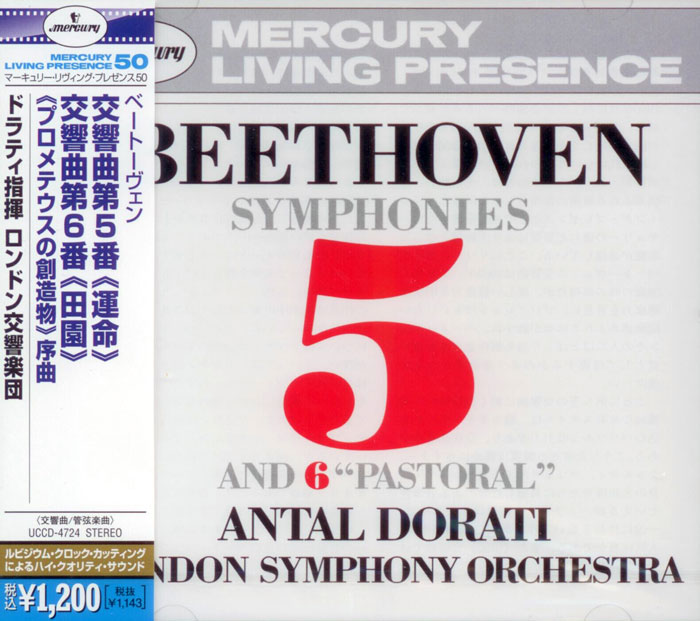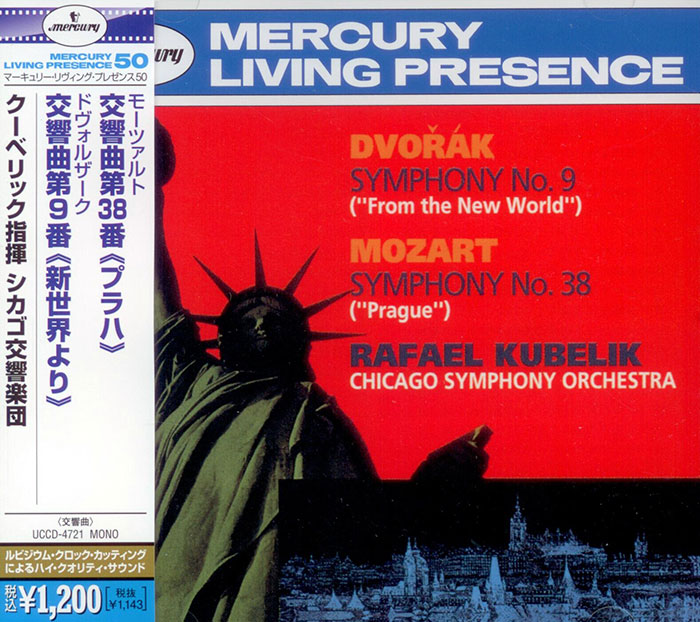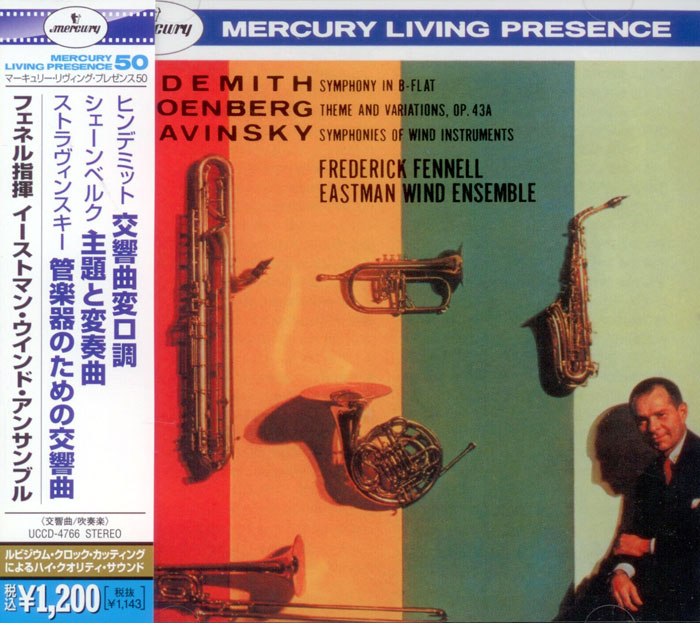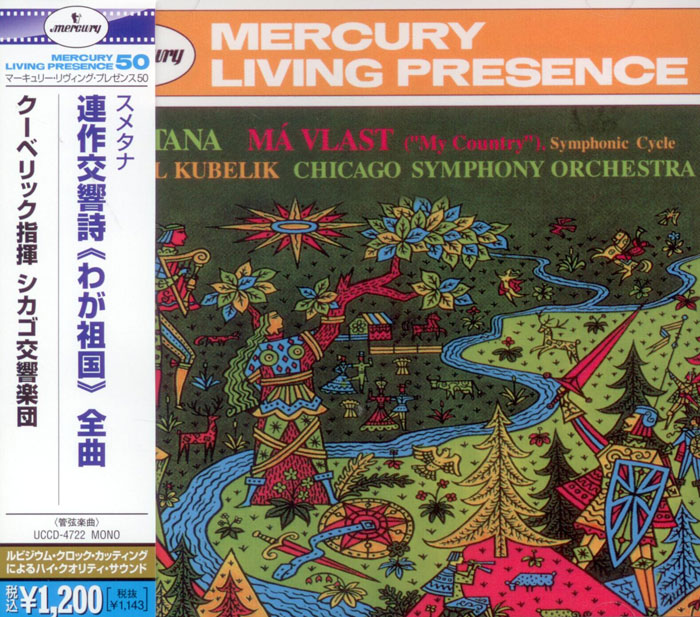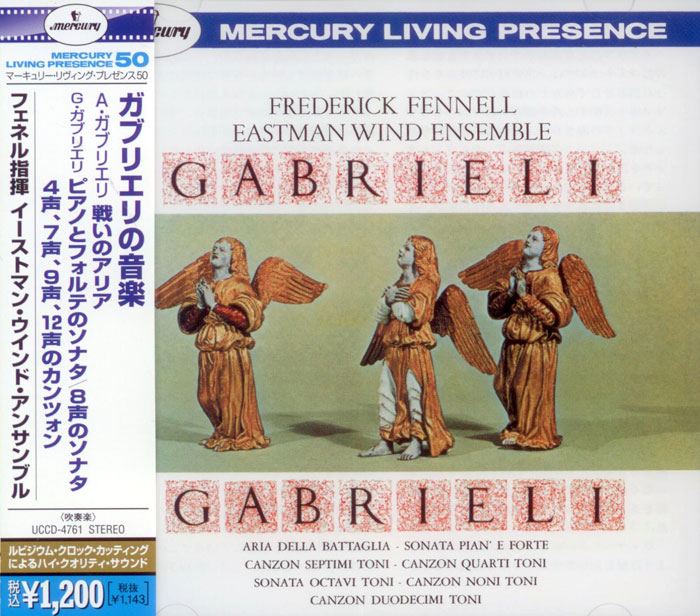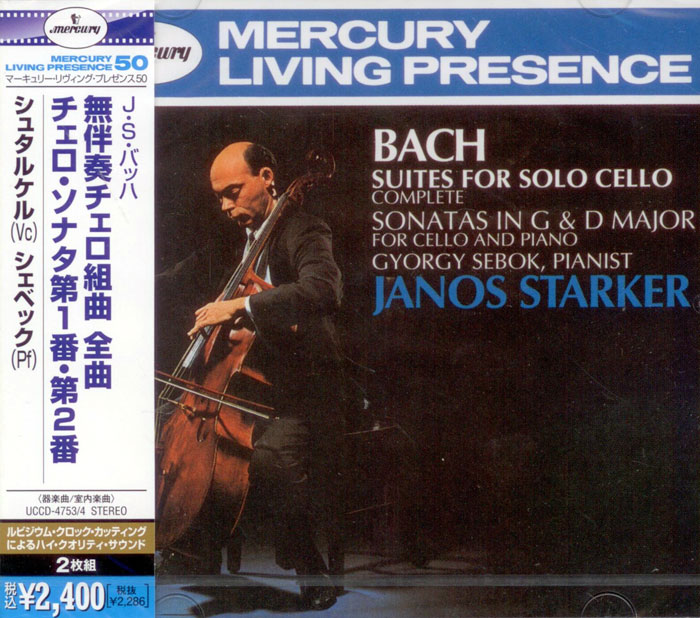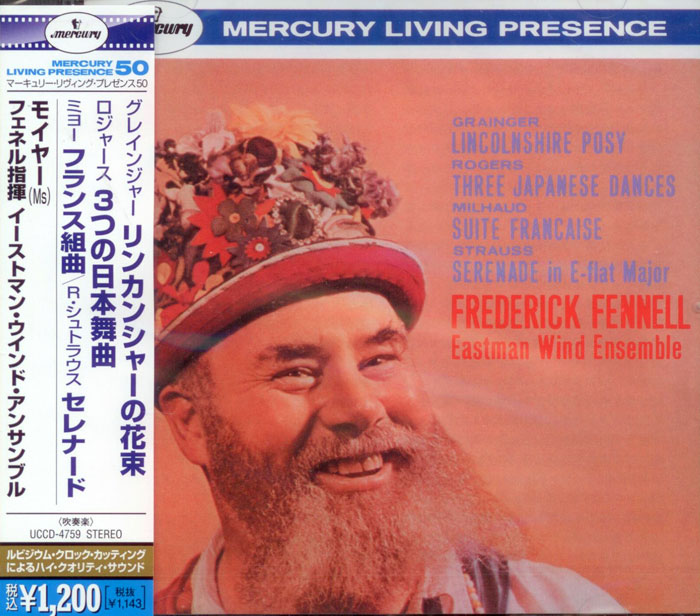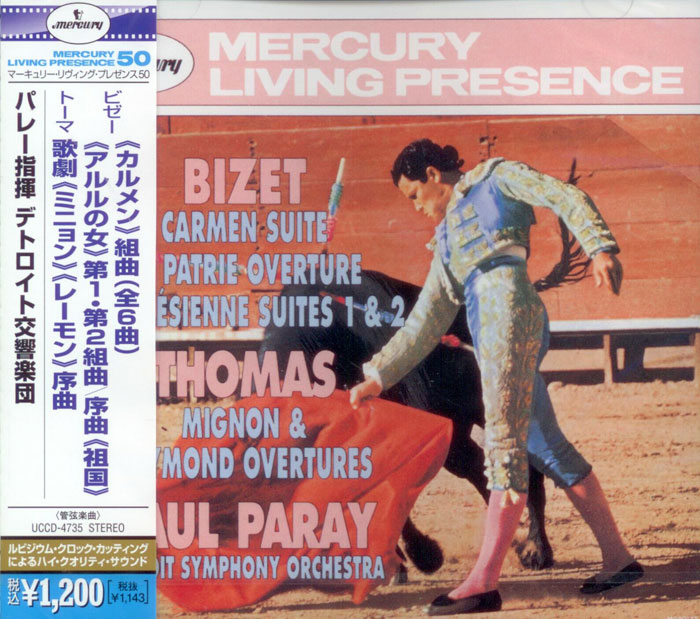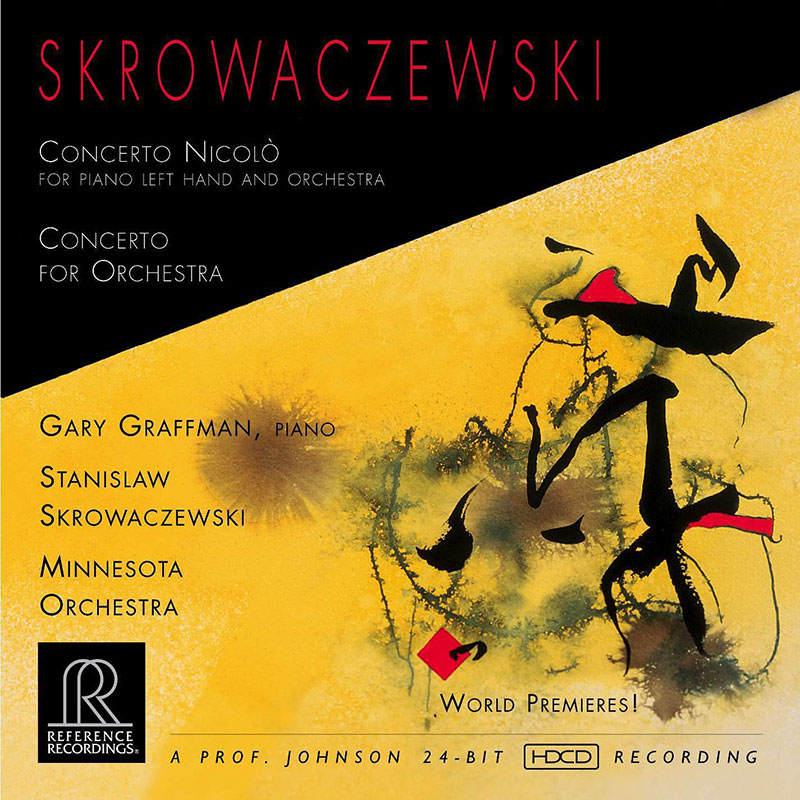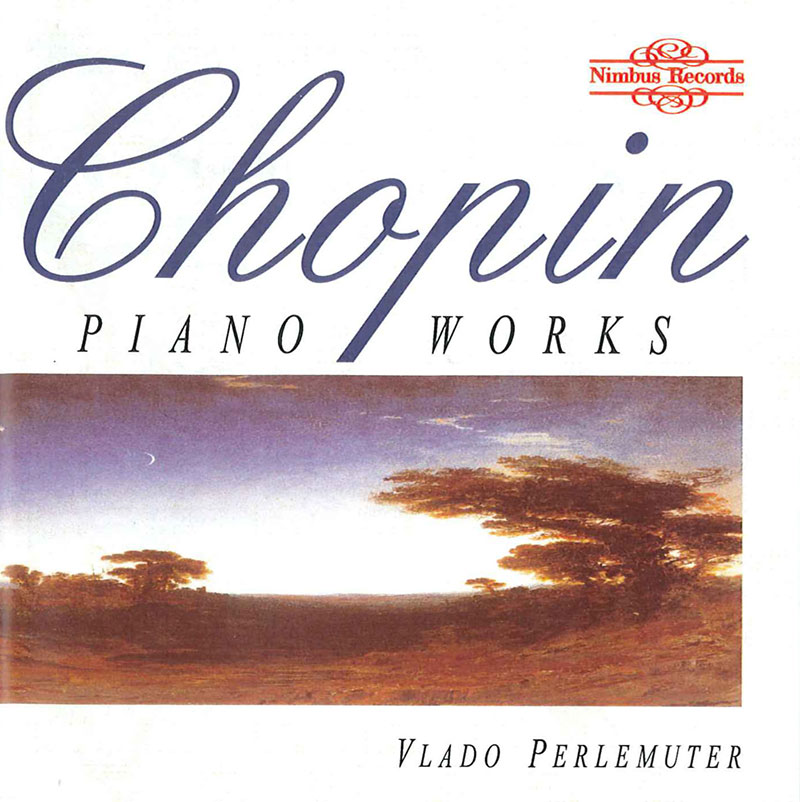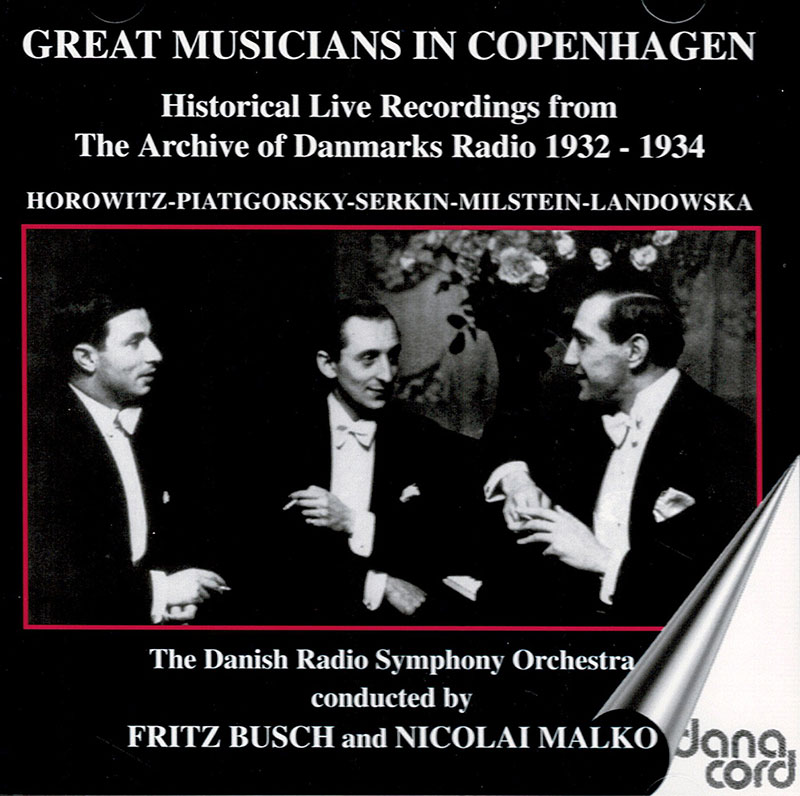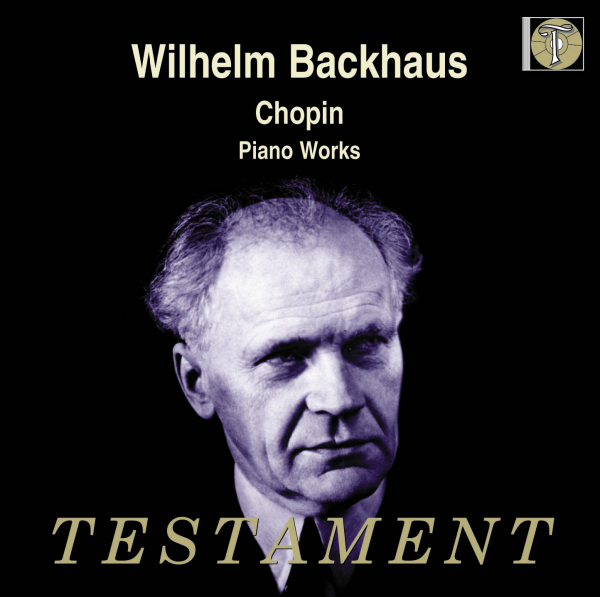Logowanie
Dlaczego wszystkjie inne nie brzmią tak jak te?
Chai Lang, Fan Tao, Broadcasting Chinese Orchestra
Illusive Butterfly
Butterly - motyl - to sekret i tajemnica muzyki chińskiej.
Brzmią jak sen na jawie
KHACHATURIAN, SHOSTAKOVICH, Antal Dorati, Stanislaw Skrowaczewski, The London Symphony Orchestra
Gayne / Symphony No. 5 in D minor, Op. 47
Stanisław Skrowaczewski,
Winylowy niezbędnik
ClearAudio
Cartridge Alignment Gauge - uniwersalny przyrząd do ustawiania geometrii wkładki i ramienia
Jedyny na rynku, tak wszechstronny i właściwy do każdego typu gramofonu!
ClearAudio
Harmo-nicer - nie tylko mata gramofonowa
Najlepsze rozwiązania leżą tuż obok
IDEALNA MATA ANTYPOŚLIZGOWA I ANTYWIBRACYJNA.
Osobowości
SKROWACZEWSKI, Stanislaw Skrowaczewski, Minnesota Orchestra
Concerto Nicolo for piano left hand and orchestra
WORLD PREMIERE!
CHOPIN, Wilhelm Backhaus
Piano Works
- 1. Piano Sonata No. 2 in B flat minor, Op. 35, CT. 202: I. Grave - Doppio movimento 19:25
- 2. Piano Sonata No. 2 in B flat minor, Op. 35, CT. 202: II. Scherzo 1:29
- 3. Piano Sonata No. 2 in B flat minor, Op. 35, CT. 202: III. Marche fun?bre (lento)
- 4. Piano Sonata No. 2 in B flat minor, Op. 35, CT. 202: IV. Finale (presto)
- 5. Etude for piano No. 2 in A minor, Op. 10/2, CT. 15
- 6. Etude for piano No. 5 in G flat major, Op. 10/5, CT. 18
- 7. Etude for piano No. 8 in F major, Op. 10/8, CT. 21
- 8. Etude for piano No. 10 in A flat major, Op. 10/10, CT. 23
- 9. Etude for piano No. 13 in A flat major, Op. 25/1, CT. 26
- 10. Etude for piano No. 14 in F minor, Op. 25/2, CT. 27
- 11. Etude for piano No. 15 in F major, Op. 25/3, CT 28.
- 12. Etude for piano No. 18 in G sharp minor, Op. 25/6, CT. 31
- 13. Etude for piano No. 19 in C sharp minor, Op. 25/7, CT. 32
- 14. Etude for piano No. 20 in D flat major, Op. 25/8, CT. 33
- 15. Etude for piano No. 21 in G flat major, Op. 25/9, C. 34
- 16. Etude for piano No. 23 in A minor, Op. 25/11, CT. 36
- 17. Ballade for piano No. 1 in G minor, Op. 23, CT. 2
- 18. Etude for piano No. 3 in E major, Op. 10/3, CT. 16
- 19. Mazurka for piano No. 17 in B flat minor, Op. 24/4, CT. 67
- 20. Mazurka for piano No. 20 in D flat major, Op. 30/3, CT. 70
- 21. Mazurka for piano No. 24 in C major, Op. 33/3, CT. 74
- 22. Waltz for piano No. 2 in A flat major, Op. 34/1, CT. 208
- Wilhelm Backhaus - piano
- CHOPIN
The stylistic sympathy and technical élan Wilhelm Backhaus brought to his pioneering 1928 HMV set of Chopin's Etudes had largely eroded when he came to make his early 1950s Chopin recordings for Decca. In the B-flat minor sonata's opening movement Backhaus' heavy touch and squarish phrasing are compounded by blurred notes and overpedaled passages. He starts the Scherzo at one tempo, only to speed up to another after several bars (one of Backhaus' most irritating habits), although his rock-steady control in the Finale impresses. Some of the Etudes, such as the F major (Op. 10 No. 8), "Butterfly" (Op. 25 No. 9), and "Winter Wind" (Op. 25 No. 11), are quite virile and solidly projected; not so the stodgy, Teutonic (or rather "Two-ton-ic") A-flat major (Op. 10 No. 10), C-sharp minor (Op. 25 No. 7), and F major (Op. 25 No. 3). The G minor Ballade contains marvelously fleet passagework (the coda's right-hand runs, for instance) alongside the heavy-handed, overpedaled qualities cited in the Sonata. On the other hand, Backhaus reveals an unsuspected affinity for the three Mazurkas and the A-flat Waltz, all crisply dispatched with lilt, rhythmic point, and character. As you've gathered by now, this is an uneven collection, but specialist collectors will appreciate Testament's superb transfers. (Jed Distler, ClassicsToday.com)






